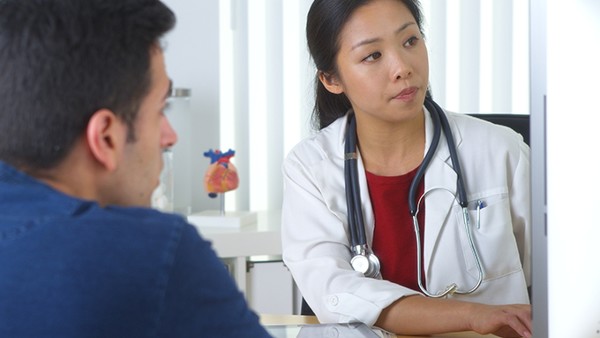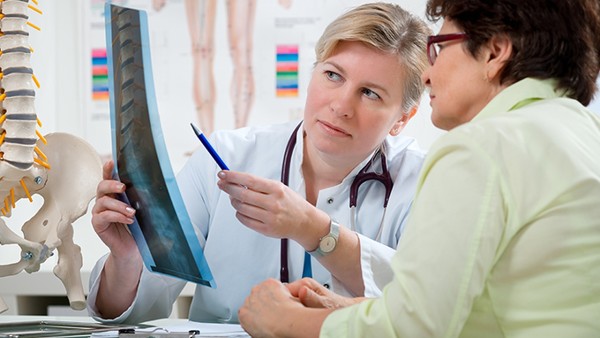How to Look at Women's Uterine Health: Experts Reveal How the Internal Organs Can Reflect

Introduction
The uterus is a vital organ for women's reproductive health. It is the place where a baby grows and develops during pregnancy. The uterus is also responsible for menstruation, which is the monthly shedding of the uterine lining.
Many factors can affect uterine health, including genetics, lifestyle, and environmental factors. Some of the most common uterine health problems include:
Uterine fibroids: These are noncancerous growths that can develop in the uterus. They can range in size from small to large and can cause a variety of symptoms, including pain, heavy bleeding, and difficulty getting pregnant.
Endometriosis: This is a condition in which the tissue that lines the uterus (the endometrium) grows outside of the uterus. It can cause pain, infertility, and other problems.
Uterine cancer: This is a type of cancer that develops in the uterus. It is the most common type of cancer in women in the United States.
How to Look at Women's Uterine Health
There are a number of ways to look at women's uterine health. These include:
Pelvic exam: This is a physical exam of the uterus, cervix, and vagina. It can be used to diagnose uterine fibroids, endometriosis, and uterine cancer.
Ultrasound: This is a noninvasive imaging test that uses sound waves to create images of the uterus. It can be used to diagnose uterine fibroids, endometriosis, and uterine cancer.
Hysteroscopy: This is a minimally invasive procedure that involves inserting a thin, lighted tube into the uterus to visualize the inside of the uterus. It can be used to diagnose uterine fibroids, endometriosis, and uterine cancer.
Laparoscopy: This is a minimally invasive surgical procedure that involves making a small incision in the abdomen and inserting a laparoscope (a thin, lighted tube) into the abdomen to visualize the uterus and other pelvic organs. It can be used to diagnose uterine fibroids, endometriosis, and uterine cancer.
How the Internal Organs Can Reflect Uterine Health
The internal organs can reflect uterine health in a number of ways. For example, the size and shape of the uterus can change depending on whether or not a woman is pregnant. The thickness of the uterine lining can also change depending on the menstrual cycle.
In addition, the presence of uterine fibroids or endometriosis can affect the function of the uterus. Uterine fibroids can cause the uterus to become enlarged and distorted, which can interfere with fertility. Endometriosis can cause the uterine lining to grow outside of the uterus, which can lead to pain and infertility.
Conclusion
Uterine health is an important part of women's overall health. There are a number of ways to look at women's uterine health, including pelvic exams, ultrasounds, hysteroscopies, and laparoscopies. These tests can help to diagnose uterine fibroids, endometriosis, and uterine cancer.
If you are concerned about your uterine health, talk to your doctor. They can recommend the best course of action for you.
The above is all the content that the editor wants to share with you. I sincerely hope that these contents can bring some help to your life and health, and I also wish that your life will be happier and happier.
Tags: #women #uterine #health













